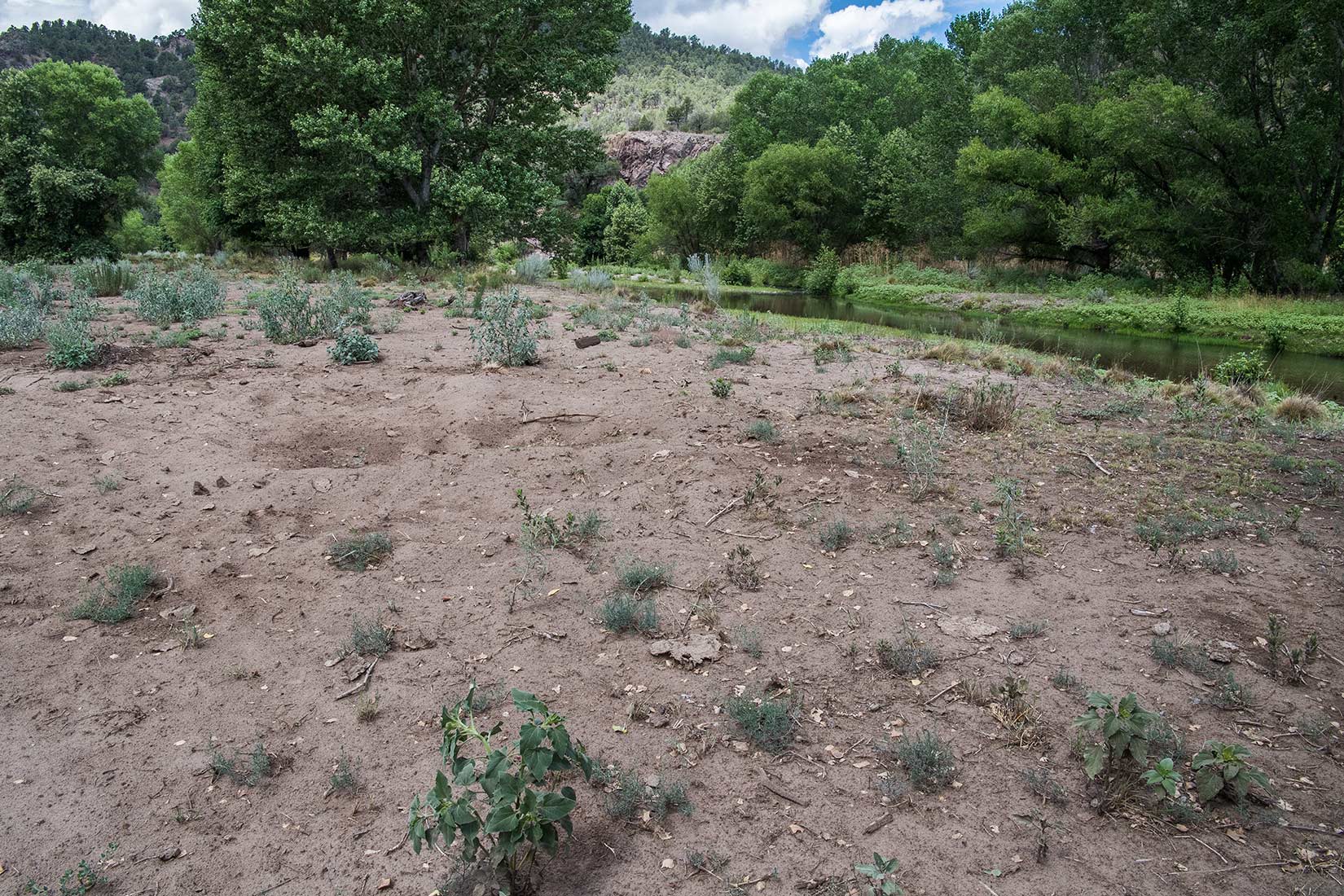
The U.S. Forest Service has gotten approval to fly helicopters with sharpshooters into southwestern New Mexico to hunt down 150 feral cattle and shoot them from the air.
The aerial shooting is slated take place over four days beginning on Thursday at the Gila Wilderness, a vast undeveloped area of more than three million acres known for its mountain ranges and deep, rock-walled canyons. Officials said the decision to remove the cattle was necessary to protect public safety and biodiversity since an abundance of wild cattle roaming around can threaten the habitats of other species, water quality, and the natural character of the wilderness area.
“The feral cattle in the Gila Wilderness have been aggressive towards wilderness visitors, graze year-round, and trample stream banks and springs, causing erosion and sedimentation,” Camille Howes, the Gila National Forest supervisor, said in a statement. Roughly 390,000 people visit the forest every year, primarily for hiking and viewing natural features, according to the U.S. Forest Service.

But lethal removal of cattle and other species including wild horse on public land has long been a divisive issue, with environmentalists and ranchers often at odds over how to control populations of non-native animals that damage habitats. This weekend’s planned removal comes a year after about 65 cattle were shot in a similar manner in Gila, also because of overpopulation. An estimated 150 to 200 feral cattle remain in the area.
Cattle ranchers in New Mexico sued the U.S. Forest Service over the aerial shooting, contending that the government’s plan endangers their privately owned cattle, but their legal challenge was unsuccessful. The plaintiffs argued that if their cattle are killed in the government’s aerial patrols, it would be difficult to know because the agencies plan to leave the carcasses to decompose.
However, some environmentalists believe that the feral cattle pose a significant danger to the native wildlife and river habitats—and therefore must be eliminated irrespective of the costs involved.
“There’s no doubt that this is the right decision,” Robin Silver, co-founder of the Center for Biological Diversity in Tucson, Ariz., tells TIME. “It is the right decision and it’s the only decision because all non-lethal methods have failed.”
He says that previous attempts to round up the herds using wranglers and horses on the ground have posed safety risks and yielded just a 50% mortality rate of captured feral cattle given the area’s remoteness and rugged topography, as well as the wild nature of the cattle.
More from TIME
“What these cows do is they denude the streams that are tributary to the Gila River,” Silver adds, “so there’s wide swaths of erosion and lack of vegetation now because that’s where the cows hang out. It’s now at the point that the damage is extensive. This has been an increasing problem over the last many decades, and it really reached a threshold where it can’t wait any longer to be addressed.”
Other species have also been targeted by environmentalists in recent years through government-backed programs. Thousands of wild horses were rounded up by helicopters across the West as part of a massive effort by the U.S. Bureau of Land Management to thin mustang populations, which federal officials say is degrading public lands and wildlife habitat. Aerial shooting of feral hogs is also a common practice, particularly in Texas, where the state government has funded programs to limit the spread of the invasive species that can cause millions of dollars in damage to farmland and livestock annually.
In addition to shooting from helicopters, the U.S. in late 2019 reauthorized the use of so-called “cyanide bombs” to poison coyotes, foxes and feral dogs that could threaten private livestock. The controversial traps, also known as M-44s, are planted in the wild and designed to lure in predators with bait before releasing a deadly dose of sodium cyanide.
More Must-Reads From TIME
- The 100 Most Influential People of 2024
- Coco Gauff Is Playing for Herself Now
- Scenes From Pro-Palestinian Encampments Across U.S. Universities
- 6 Compliments That Land Every Time
- If You're Dating Right Now , You're Brave: Column
- The AI That Could Heal a Divided Internet
- Fallout Is a Brilliant Model for the Future of Video Game Adaptations
- Want Weekly Recs on What to Watch, Read, and More? Sign Up for Worth Your Time
Write to Nik Popli at nik.popli@time.com